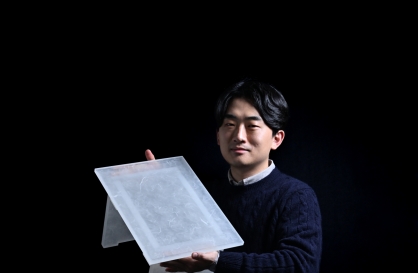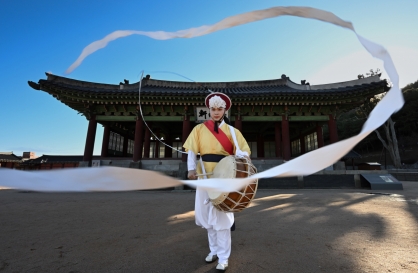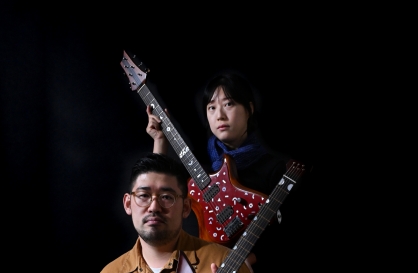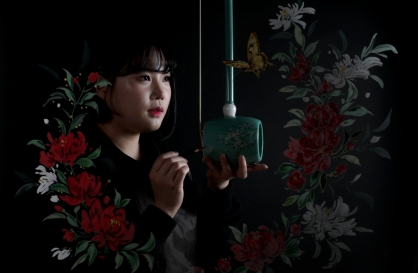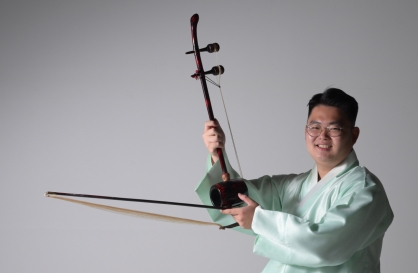Most Popular
Eye Plus
[Eye Plus] Tradition and discipline at changing of guard
By Bak Se-hwanPublished : June 16, 2017 - 18:09
Centuries ago in the Joseon era, Seoul’s royal palace was guarded by the most loyal of the king’s army, known as “Wanggung Sumunjang.”
Today in the ultramodern metropolis of Seoul, tall and well-built actors assume the role, keeping guard at palace gates and re-enacting the changing of the guard ceremony.
A display of splendid traditional outfits and military discipline, the ceremony catches the eye of tourists and passers-by three times a day at Daehanmun, the main gate of Deoksugung near city hall, and twice a day at Gwanghwamun, the main gate of Gyeongbokgung, just a few blocks away.
Over at Sungnyemun, better known as Namdaemun, the guards march up and down, re-enacting patrol duty.
First introduced in 1996 and modeled after a similar event at London’s Buckingham Palace, the elegant traditional ceremony has now become a must-see for visitors of Seoul, attracting a total of 1.16 million tourists as of last year, according to the city’s data.
Today in the ultramodern metropolis of Seoul, tall and well-built actors assume the role, keeping guard at palace gates and re-enacting the changing of the guard ceremony.
A display of splendid traditional outfits and military discipline, the ceremony catches the eye of tourists and passers-by three times a day at Daehanmun, the main gate of Deoksugung near city hall, and twice a day at Gwanghwamun, the main gate of Gyeongbokgung, just a few blocks away.
Over at Sungnyemun, better known as Namdaemun, the guards march up and down, re-enacting patrol duty.
First introduced in 1996 and modeled after a similar event at London’s Buckingham Palace, the elegant traditional ceremony has now become a must-see for visitors of Seoul, attracting a total of 1.16 million tourists as of last year, according to the city’s data.











![[Herald Interview] 'Trump will use tariffs as first line of defense for American manufacturing'](http://res.heraldm.com/phpwas/restmb_idxmake.php?idx=644&simg=/content/image/2024/11/26/20241126050017_0.jpg&u=20241126161719)
![[Exclusive] Hyundai Mobis eyes closer ties with BYD](http://res.heraldm.com/phpwas/restmb_idxmake.php?idx=644&simg=/content/image/2024/11/25/20241125050044_0.jpg&u=)

![[Herald Review] 'Gangnam B-Side' combines social realism with masterful suspense, performance](http://res.heraldm.com/phpwas/restmb_idxmake.php?idx=644&simg=/content/image/2024/11/25/20241125050072_0.jpg&u=)

